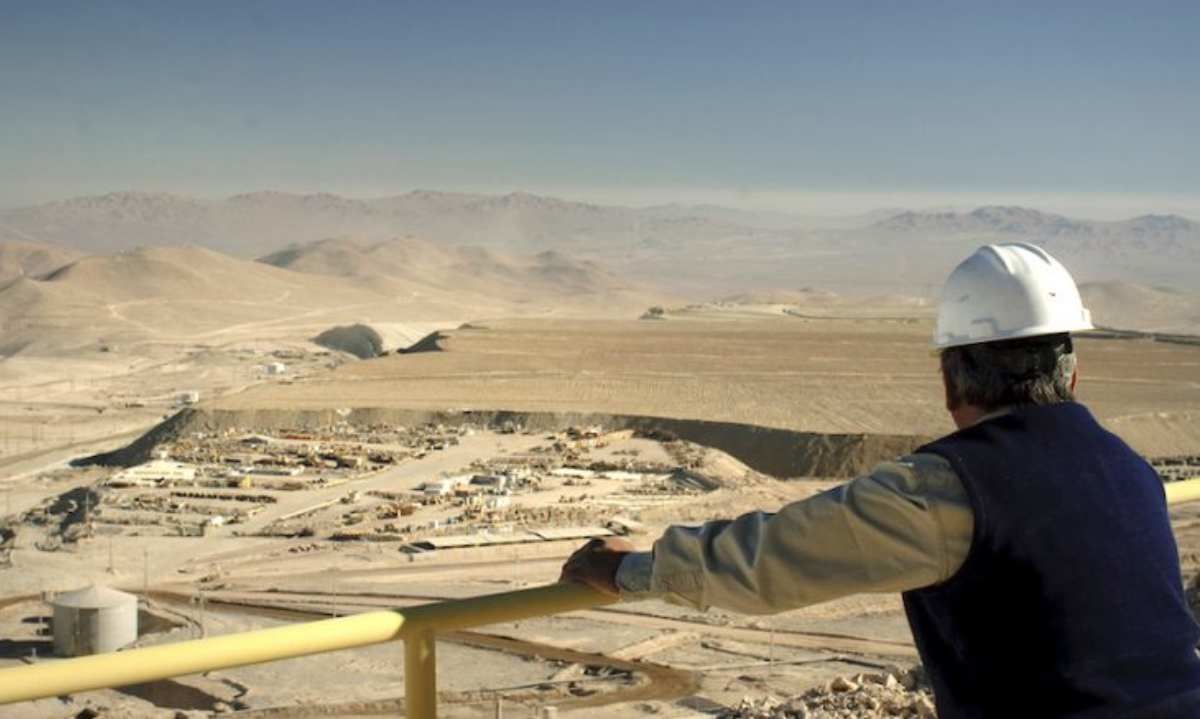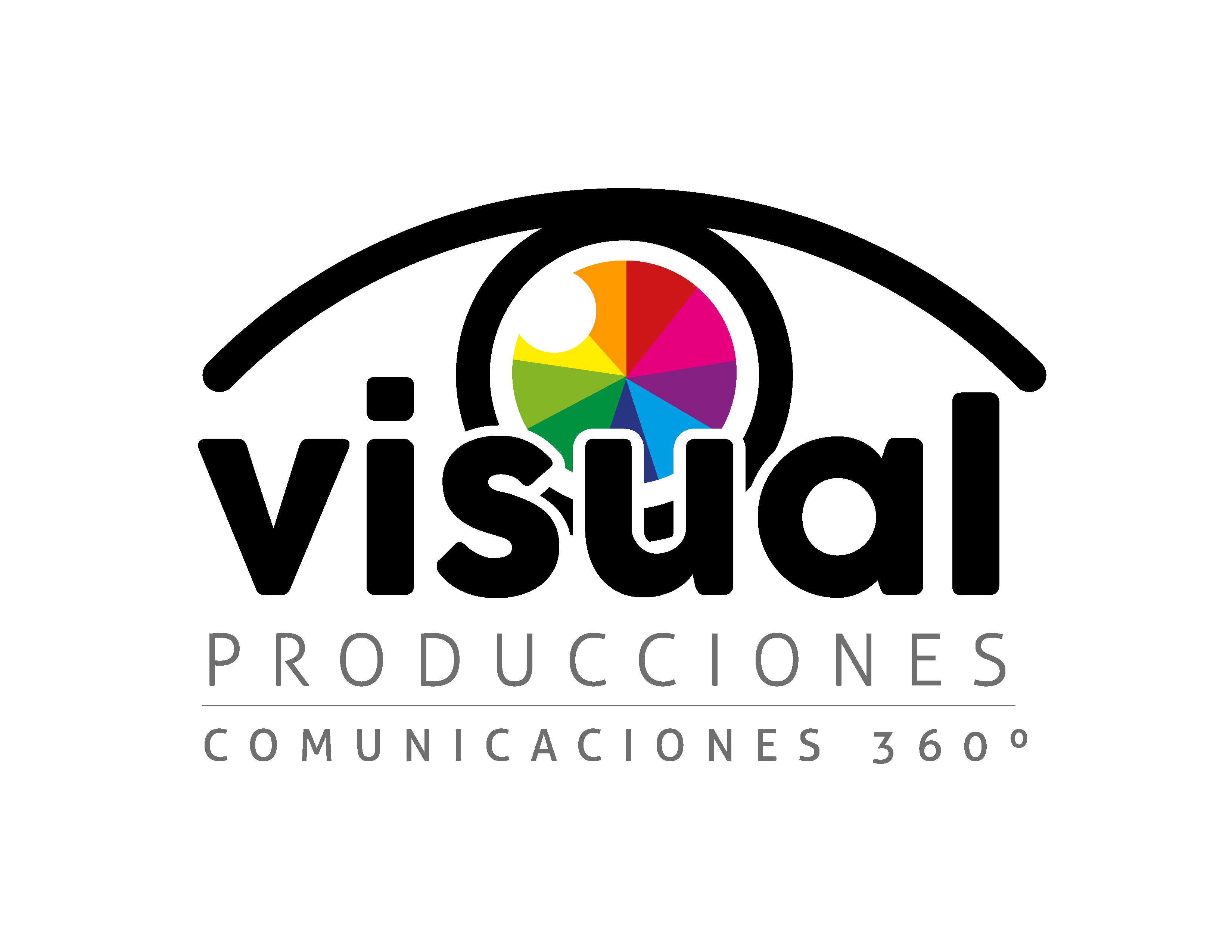
The divestment process remains in its early stages, according to Bloomberg‘s sources, and it is uncertain whether a deal will materialize.
Barrick Gold (TSX: ABX; NYSE: GOLD) is reportedly seeking to divest its 50% stake in the Zaldivar copper mine run by Antofagasta (LSE: ANTO) in Chile, Bloomberg reported.
Barrick has engaged advisors and initiated discussions with potential buyers regarding its interest in the relatively small mine, sources familiar with the matter told the news wire on Monday.
The divestment process remains in its early stages, according to Bloomberg‘s sources, and it is uncertain whether a deal will materialize.
Zaldivar mine, about 1,400 km north of capital Santiago, operates as a 50/50 joint venture. The mine produced around 80,000 tonnes of copper last year, a figure that pales in comparison to larger mines in the region.
Antofagasta is going ahead with a US$1.2-billion expansion of the mine, which would keep operations running through 2051.
Business model
While Barrick is keen to expand into the copper sector, the company is also prioritizing the simplification of its business model. This includes a focus on tier-one assets and efforts to reduce debt.
Looking ahead, Barrick’s strategic pivot appears to be centred on its Reko Diq copper project in Pakistan and the Lumwana mine in Zambia, where the company is set to take on the role of operator.
The company is also dealing with issues at its Loulo-Gounkoto gold complex in Mali, where operations were suspended last week, in the latest escalation of a months-long dispute.
Shares in Barrick were flat on Monday afternoon in Toronto at $23.13 apiece, valuing the company at $40.3 billion.




